Five days after Monday’s massive earthquakes, the combined death toll in Turkey and Syria has passed 20,000. Local aid workers say around one-third of the casualties are in the Hatay province. The regional capital, Antakya, built on the ancient city of Antioch, is a popular tourist destination famous for its cuisine and cosmopolitan multi-ethnic atmosphere. Many of the mosques, churches, and synagogues in the city’s picturesque old town were also destroyed.
On the third morning after the earthquake, a thick layer of smoke settled in the valley where Antakya lies – a residue from the fires the survivors built to keep warm during the freezing night. On the fourth day, many neighbourhoods started to smell of corpses. Thousands are still thought to be under the rubble.
Miraculous rescues still happen. From a destroyed building where seven Syrian families used to live, almost 72 hours after the first quake, I watched two young brothers carried out alive. Their parents, both from Aleppo, wept with joy, then rescuers gently pushed them back, to take them by ambulance to the only hospital in the city still standing.
‘Young children have the highest chance of survival’, explained a young volunteer doctor, Kemal Kaya. ‘They can sustain more physical and psychological trauma and survive longer without water and food than an adult like me could.’
As Turkey enters the fifth day after the disaster, the chances of anyone coming out alive from the ruins is growing slimmer by the minute. But rescuers are still trying.
‘There is always a possibility. If the person is trapped and they have decent clothing in these temperatures and potentially some water, there is always hope’, says Jim Davison, team leader in the UK’s International Search and Rescue organisation. They specialise in heavy urban search operations. For now, they are still only focusing on buildings where there is potential for live casualties. In the past days, their team have rescued two people.
Corpses extracted from the wreckage are laid on the pavement. There is a shortage of body bags. Rescuers desperately stop ambulances to ask for the bags, but usually the answer is no. Relatives of the dead, if there are any, sit next to bodies covered in blankets, sometimes wailing, sometimes in silent shock. Many protest when the authorities finally arrive to take away the dead, fearing the bodies will be lost in the disarray. Other bodies are disfigured beyond recognition, making identification almost impossible.
There is no longer a shortage of aid, equipment, or rescuers. Organisation and coordination, however, are completely lacking.
‘No one tells us where to dig’ said Eren, a miner from northwestern Turkey. ‘It’s complete chaos. When locals tell us they heard voices somewhere, we run there. Dead bodies come out but there’s no vehicle to take them away. People in this city were left to die.’
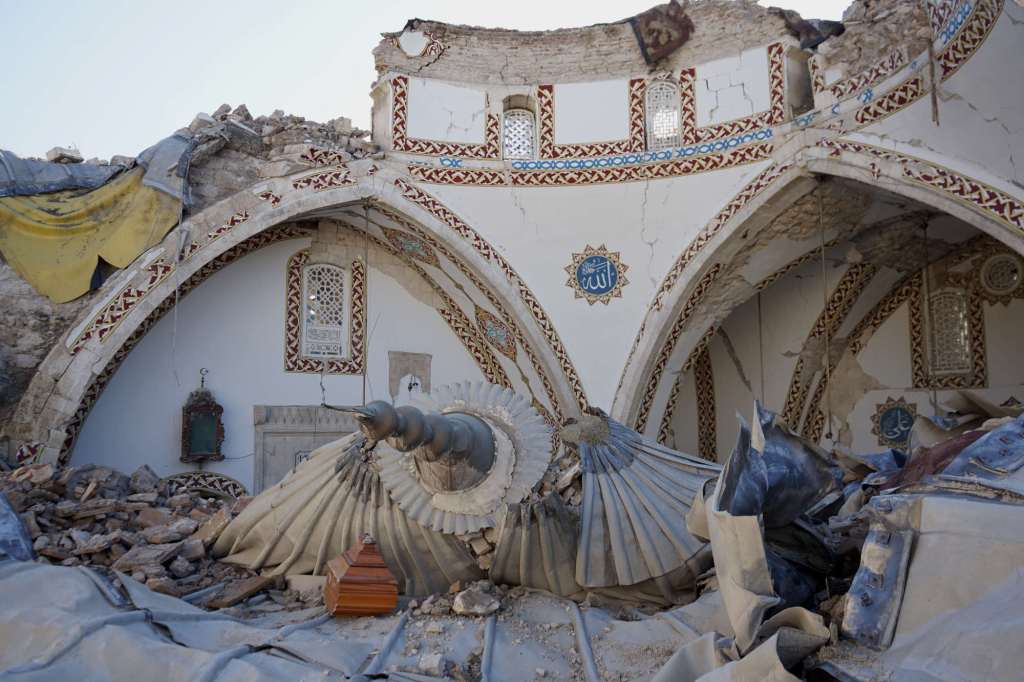 (Photo: Daniel Thorpe)
(Photo: Daniel Thorpe)
Rumours of looting are rife. Jewellery and other valuables are allegedly being collected from half-collapsed buildings and even from the dead. In response, armed soldiers stand on street corners in the wealthy neighbourhoods. At a roundabout, I witnessed counter-terrorist police violently throw two suspects to the floor and handcuff them. The two youngsters accused of stealing screamed for help, as passers-by looked on. There is no empathy for suspected looters.
The questions among the survivors are coming thick and fast. Why was help so late? Why are untrained volunteers having to handle heavy equipment such as excavators, potentially killing the survivors under the rubble? Why did many recently constructed buildings collapse?
After the 1999 Iznik earthquake in Turkey, which claimed an estimated 17,000 lives, strict building regulations were introduced. The flattened neighbourhoods of Antakya are proof that they were ignored.
The government is trying to shift the blame, but that is hard when you have been in power for two decades. ‘It is not possible to be prepared for a disaster of this scale,’ President Erdoğan pleaded this week, as he visited the epicentre of the first quake. Some bitterly quote his words from October 2022, when 42 people lost their lives in a mining accident. At that time, he spoke of an ‘act of destiny’, despite glaring proof of institutional negligence and lack of inspections.
Three days before the 6 February quakes, Professor Naci Görür, a prominent Turkish seismologist, warned in a Tweet about the possibility of a major earthquake in the Kahramanmaraş province – the actual epicentre.
‘The Marmara fault line is about to crack,’ he warned again in a local television interview. ‘If it does, it will cause an earthquake with a minimum magnitude of 7.2.’ The country’s largest city, Istanbul, which has a population of 16 million, lies directly on above the Marmara fault line. If an earthquake of a similar magnitude were to occur there, casualties in the hundreds of thousands could be expected.
Got something to add? Join the discussion and comment below.
Get 10 issues for just $10
Subscribe to The Spectator Australia today for the next 10 magazine issues, plus full online access, for just $10.

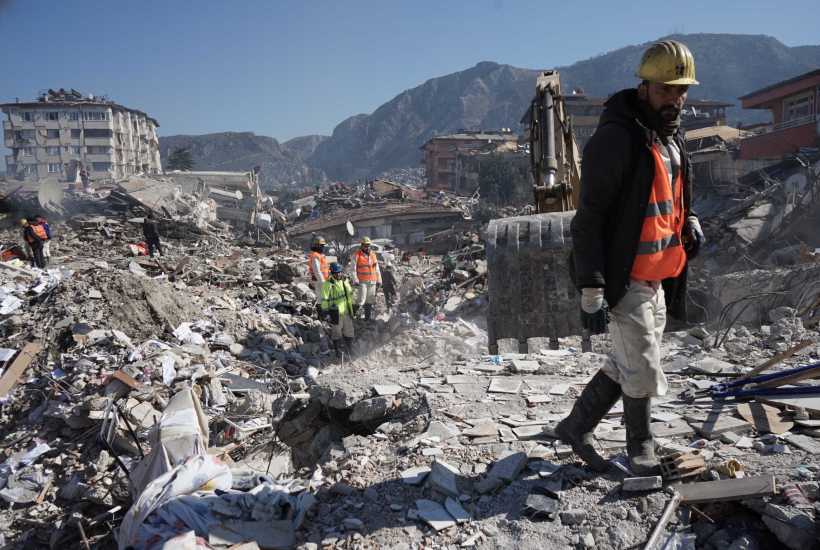
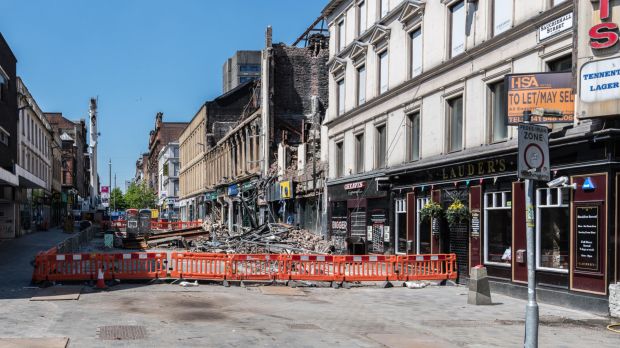


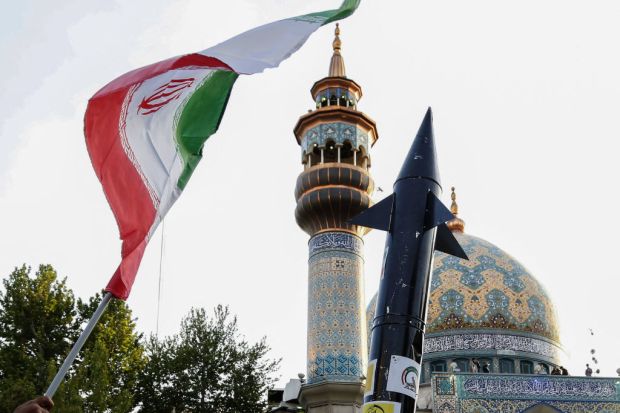
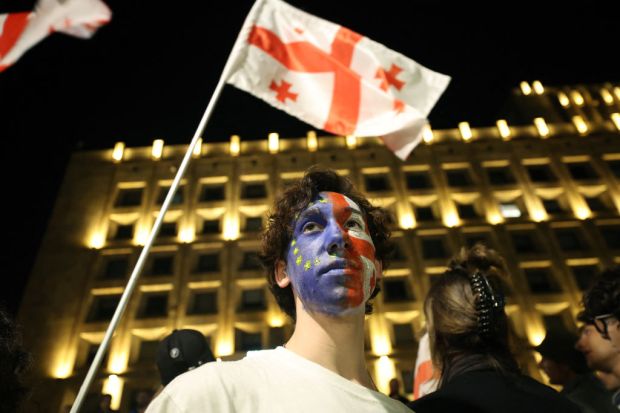












Comments
Don't miss out
Join the conversation with other Spectator Australia readers. Subscribe to leave a comment.
SUBSCRIBEAlready a subscriber? Log in